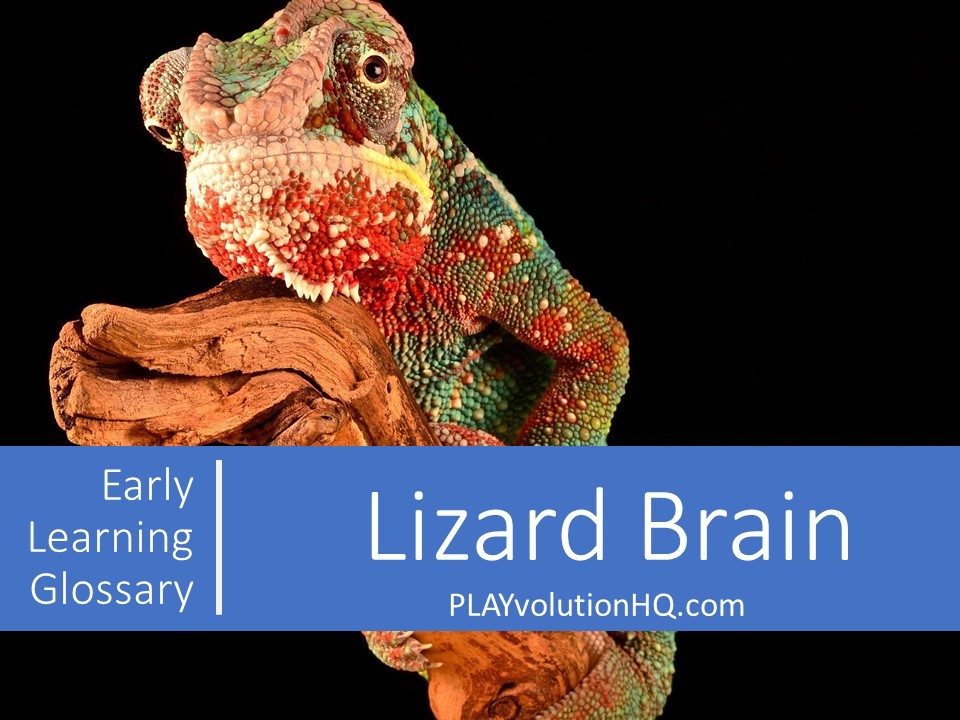
What Is Lizard Brain?
The term “ lizard brain” is a popular way to describe the most primitive part of the human brain, specifically linked to the basal ganglia in Paul D. MacLean’s triune brain theory from the 1960s. This theory proposed three evolutionary layers: the reptilian complex (basal ganglia), tied to basic survival instincts like aggression, territoriality, and reproduction; the paleomammalian complex (limbic system), tied to emotions; and the neomammalian complex (neocortex), tied to reasoning. While MacLean’s model pinpointed the basal ganglia as the “lizard brain,” in common usage the term sometimes loosely includes the brainstem, which handles vital functions like breathing, due to its similarly ancient origins. Modern neuroscience has largely debunked the triune theory as oversimplified, showing the brain operates as an integrated whole, but the “lizard brain” remains a vivid metaphor for our primal instincts.
In everyday language, people use “lizard brain” to explain automatic, irrational behaviors—like lashing out in anger, freezing in fear, or craving instant gratification—behaviors rooted in survival rather than logic. Its cultural staying power comes from how well it captures that raw, instinctive side of humanity, even if the science has moved on. You’ll find it in self-help books and productivity advice, often cast as the impulsive foe of discipline, something to overcome with focus or mindfulness. While not a precise anatomical term—since the basal ganglia alone don’t account for all primal drives—it’s a shorthand that resonates, reminding us of the ancient wiring still humming beneath our more evolved, thinking selves.
In early learning settings, the lizard brain plays a big part in the behavior of both children and adults.
Here’s an explainer video:
Author Seth Godin writes about the lizard brain in his book, Linchpin:
“The lizard brain is hungry, scared, angry, and horny.
Linchpin
The lizard brain only wants to eat and be safe.
The lizard brain will fight (to the death) if it has to, but would rather run away. It likes a vendetta and has no trouble getting angry.
The lizard brain cares what everyone else thinks, because status in the tribe is essential to its survival.
A squirrel runs around looking for nuts, hiding from foxes, listening for predators, and watching for other squirrels. The squirrel does this because that’s all it can do. All the squirrel has is a lizard brain.
The only correct answer to ‘Why did the chicken cross the road?’ is ‘Because it’s lizard brain told it to.’ Wild animals are wild because the only brain they posses is a lizard brain.
The lizard brain is not merely a concept. It’s real, and it’s living on the top of your spine, fighting for your survival. But, of course, survival and success are not the same thing.
The lizard brain is the reason you’re afraid, the reason you don’t do all the art you can, the reason you don’t ship when you can. The lizard brain is the source of the resistance.”
Contribute content to Playvolution HQ
Brought to you by Explorations Early Learning
Thoughts On This Entry?
I’d love to hear your thoughts on improving this entry and suggestions for additional glossary additions in the comments below. You can also contact me with comments or concerns.
Browse Trainings
Post Author
Jeff Johnson is an early learning trainer, podcaster, and author who founded Explorations Early Learning, Playvolution HQ, and Play Haven.



Leave a Reply